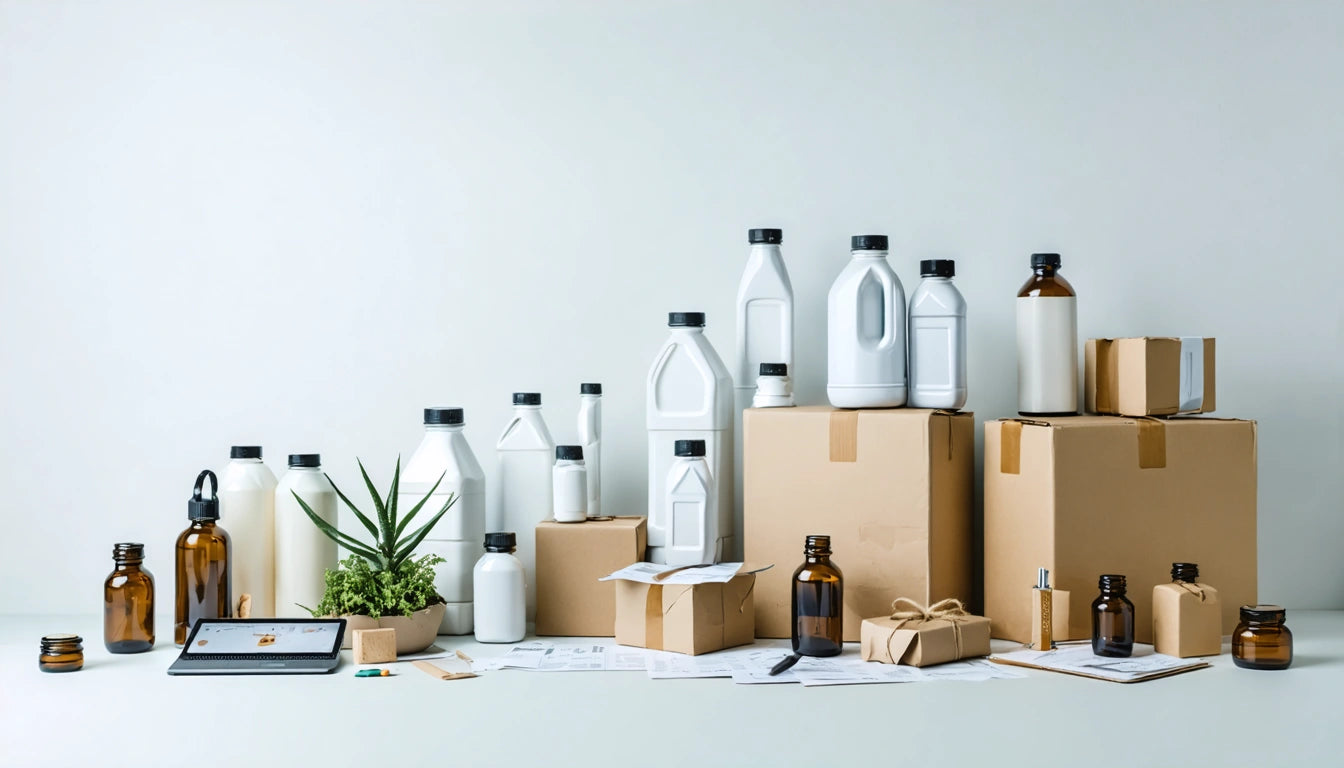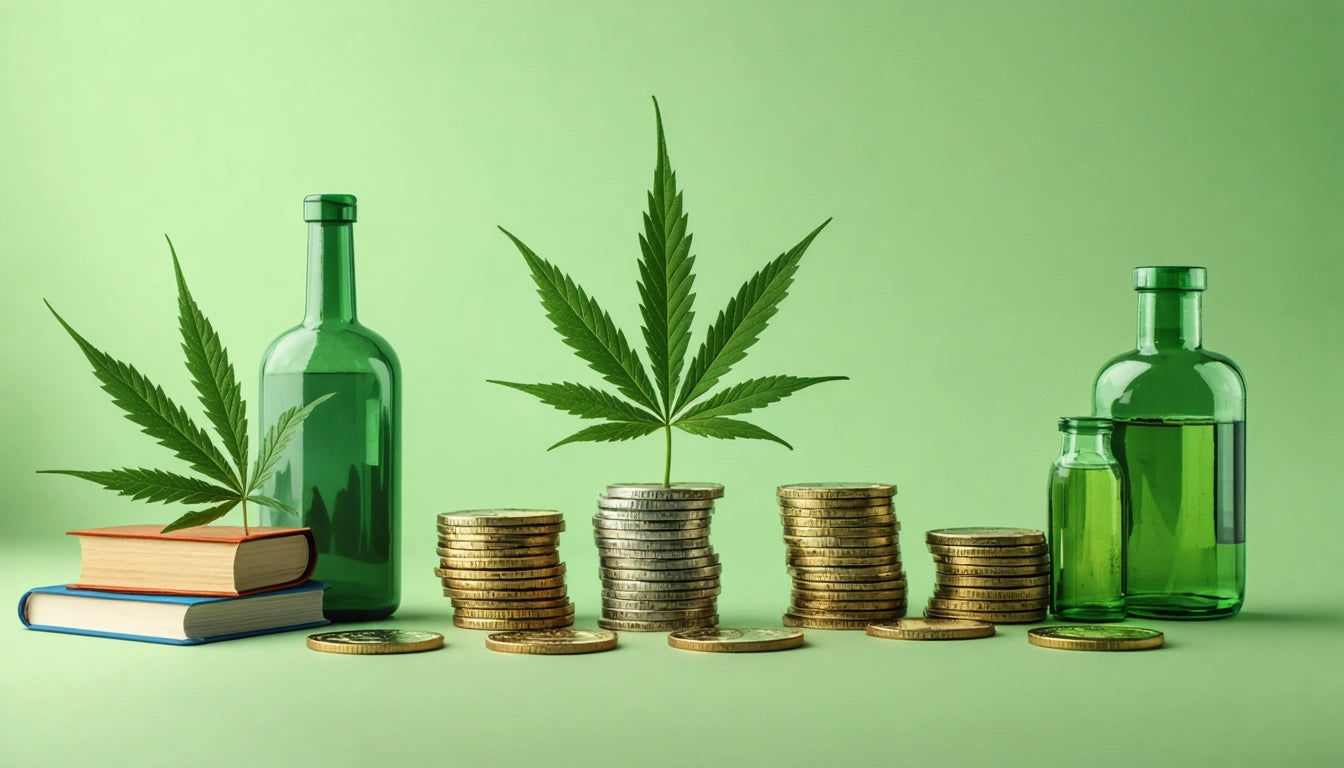Table of Contents
- Hemp Packaging Overview: Sustainability and Compliance
- Hemp Pouches: Flexible Solutions for Flower and Edibles
- Hemp Boxes and Cartons: Premium Presentation
- Hemp Tubes and Pre-Roll Containers
- Hemp Paper Labels and Stickers
- Hemp-Infused Plastic Containers
- Implementation Strategy: Making the Switch to Hemp Packaging
The Top 5 Hemp Packaging Formats And When to Use Them
Hemp packaging continues to gain traction in the cannabis industry as brands seek sustainable alternatives that align with their eco-conscious values. With advancing technology and increasing scale, hemp-derived packaging materials now offer viable options across multiple product categories. Understanding which format works best for specific applications can help brands make informed decisions that balance sustainability, compliance, and consumer appeal.
Hemp Packaging Overview: Sustainability and Compliance
Before diving into specific formats, it's important to understand what makes hemp packaging unique. Hemp-based materials offer several environmental advantages, though as this sustainability analysis points out, they aren't automatically greener than all alternatives. The key benefits include biodegradability, renewable sourcing, and reduced carbon footprint during production.
From a compliance perspective, hemp packaging can meet regulatory requirements when properly manufactured. According to this regulatory overview, hemp materials can achieve child-resistance certification and FDA approval for food contact when properly formulated.
Hemp Pouches: Flexible Solutions for Flower and Edibles
Hemp pouches represent one of the most versatile packaging formats, suitable for flower, edibles, and pre-ground cannabis products. These flexible containers typically combine hemp fiber with other materials to create a durable, sometimes resealable package.
Best Use Cases:
- Flower packaging in eighth to ounce quantities
- Single-serving edibles and multi-packs
- Tea and infused beverage products
- Sample sizes and promotional items
Hemp pouches excel when brands want to emphasize natural, earth-friendly positioning. They provide good protection against light degradation while offering a tactile experience that reinforces the natural origins of the product inside.
Hemp Boxes and Cartons: Premium Presentation
Hemp paperboard and cardstock create sturdy, premium-feeling boxes and cartons ideal for secondary packaging. These materials take print well and convey a high-end, sustainable image.
Best Use Cases:
- Vape cartridge and battery kits
- Premium flower packaging (with appropriate inner containers)
- Gift sets and multi-product bundles
- Concentrates requiring rigid protection
According to consumer psychology research, hemp boxes particularly benefit from earthy color palettes that reinforce their sustainable nature, though they can also be bleached for a cleaner look.
Hemp Tubes and Pre-Roll Containers
Hemp-based tubes offer excellent protection for pre-rolls and vape pens. These cylindrical containers can be made from hemp-infused bioplastics or rolled hemp paper products.
Best Use Cases:
- Individual pre-rolls and packs
- Vape pens and disposable devices
- Blunt and cigar products
- Concentrate applicators and tools
For brands looking to create custom pre-roll packaging with hemp materials, specialized suppliers offer customizable options that combine sustainable materials with brand-specific designs, helping products stand out on dispensary shelves.
Hemp Paper Labels and Stickers
Hemp paper labels represent one of the easiest ways to incorporate hemp materials into an existing packaging lineup. These labels offer a distinctive texture and appearance while meeting regulatory requirements.
Best Use Cases:
- Compliance labels for any product category
- Brand labels for glass containers
- Tamper-evident seals
- Delta-8 and hemp-derived cannabinoid products
As explored in this article on Delta-8 labeling, hemp paper labels create thematic consistency for hemp-derived products, reinforcing their natural origins through packaging choices.
Hemp-Infused Plastic Containers
Hemp bioplastics represent an emerging category that combines hemp fibers or oils with biopolymers to create rigid containers. These materials aim to reduce petroleum dependence while maintaining performance.
Best Use Cases:
- Child-resistant containers for flower
- Concentrate containers and dab packaging
- Pill bottles for capsules and tablets
- Cartridge blister packs
According to this analysis of hemp plastics, these materials typically incorporate 15-40% hemp content, with the remainder consisting of other biopolymers or traditional plastics to maintain performance characteristics.
Implementation Strategy: Making the Switch to Hemp Packaging
When implementing hemp packaging, brands should consider a phased approach. As outlined in this supply chain guide, starting with hemp labels or secondary packaging offers an accessible entry point before transitioning primary containers to hemp-based materials.
Cost considerations remain important, as hemp materials typically command a 15-30% premium over conventional alternatives. However, this gap continues to narrow as production scales increase. Brands that successfully implement hemp packaging often find that the sustainability story and premium positioning help justify slightly higher packaging costs through improved brand perception and customer loyalty.
For maximum impact, consider combining multiple hemp packaging formats into a cohesive system that reinforces your brand's commitment to sustainability while meeting the specific protection needs of your products.











Leave a comment
All comments are moderated before being published.
This site is protected by hCaptcha and the hCaptcha Privacy Policy and Terms of Service apply.